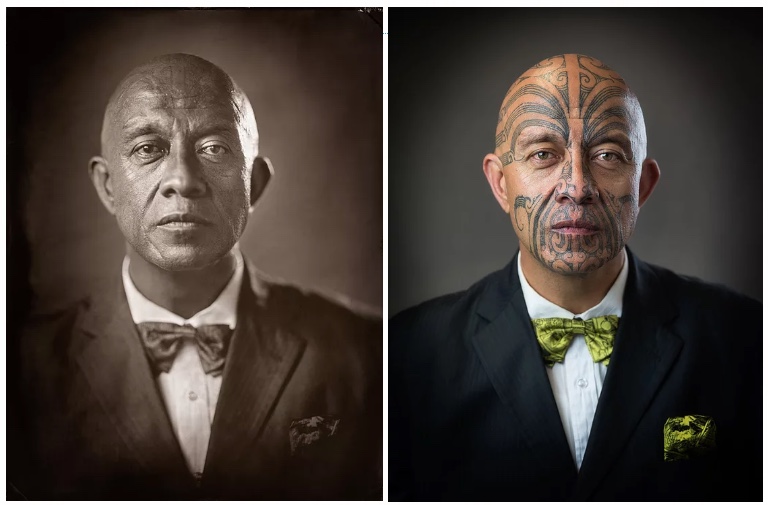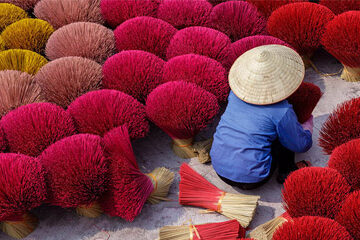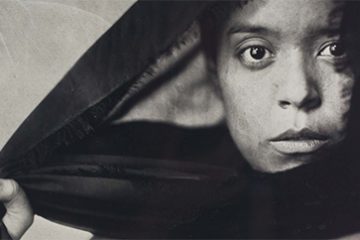 Michael Bradley, a wetplate photographer who celebrates Maori Facial Tattoos and its placement within indigenous culture.
Michael Bradley, a wetplate photographer who celebrates Maori Facial Tattoos and its placement within indigenous culture.
The visible spectrum of wetplate collodion, is insensitive to blue light – which also is the color of ‘ta moko’ facial markings of Maori people, in his native New Zealand. Facial tattoos are an important part of Maori culture, yet the opportunity to reverse tradition created a moment of self reflection otherwise absent.
Puaki – to come forth, show itself, open out, emerge, reveal, to give testimony.
In Māori culture, it is believed everyone has a tā moko under the skin, just waiting to be revealed.
The problem is, when photographs of tā moko were originally taken in the 1850s, the tattoos barely showed up at all. The wet-plate photographic method used by European settlers served to erase this cultural marker – and as the years went by, this proved true in real life, too. The ancient art of tā moko was increasingly suppressed as Māori were assimilated into the colonial world.
In his new project, photographer Michael Bradley has re-claimed the near-obsolete wet-plate photographic technique as an original and striking way of showing the resurgence of the art form of tā moko.
By using wet plate photography to document the rebirth of tā moko, Bradley starkly depicts how culture can be erased by colonisers – and how against all odds, it can come back.
More Distinguished Photographers

Jenny Wong
Jenny Wong is an award-winning photographer that fiercely advocates for the wild places and creatures that have made her career…
Read more
Julian Elliott
Julian, a talented landscape & travel photographer and writer from the U.K., shares his experiences from around the world. Showcasing…
Read more
Jim McManus
Floridian, Jim McManus, has been a 3D photographer for over 25 years, opening eyes to new dimensions in stereo with…
Read more
Doug Hanson
During the last decade, Doug Hanson has been making photographs, instead of taking them. The maker-movement takes many forms, and…
Read more
